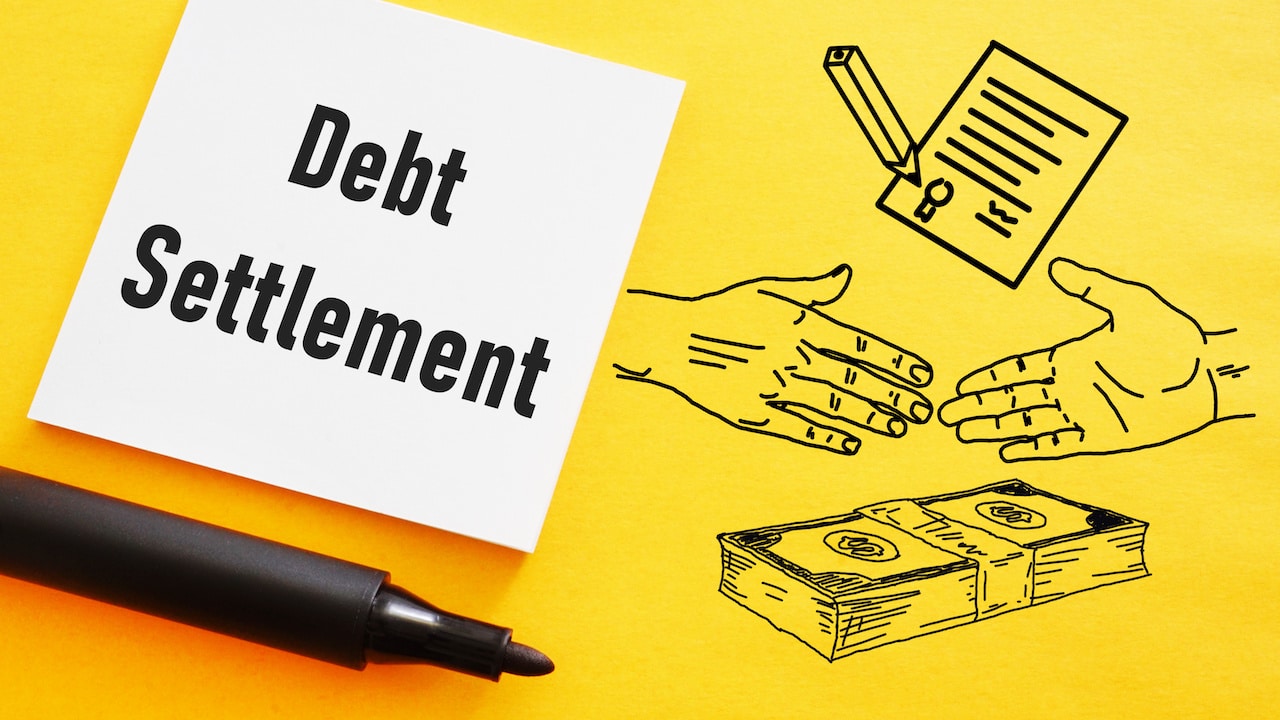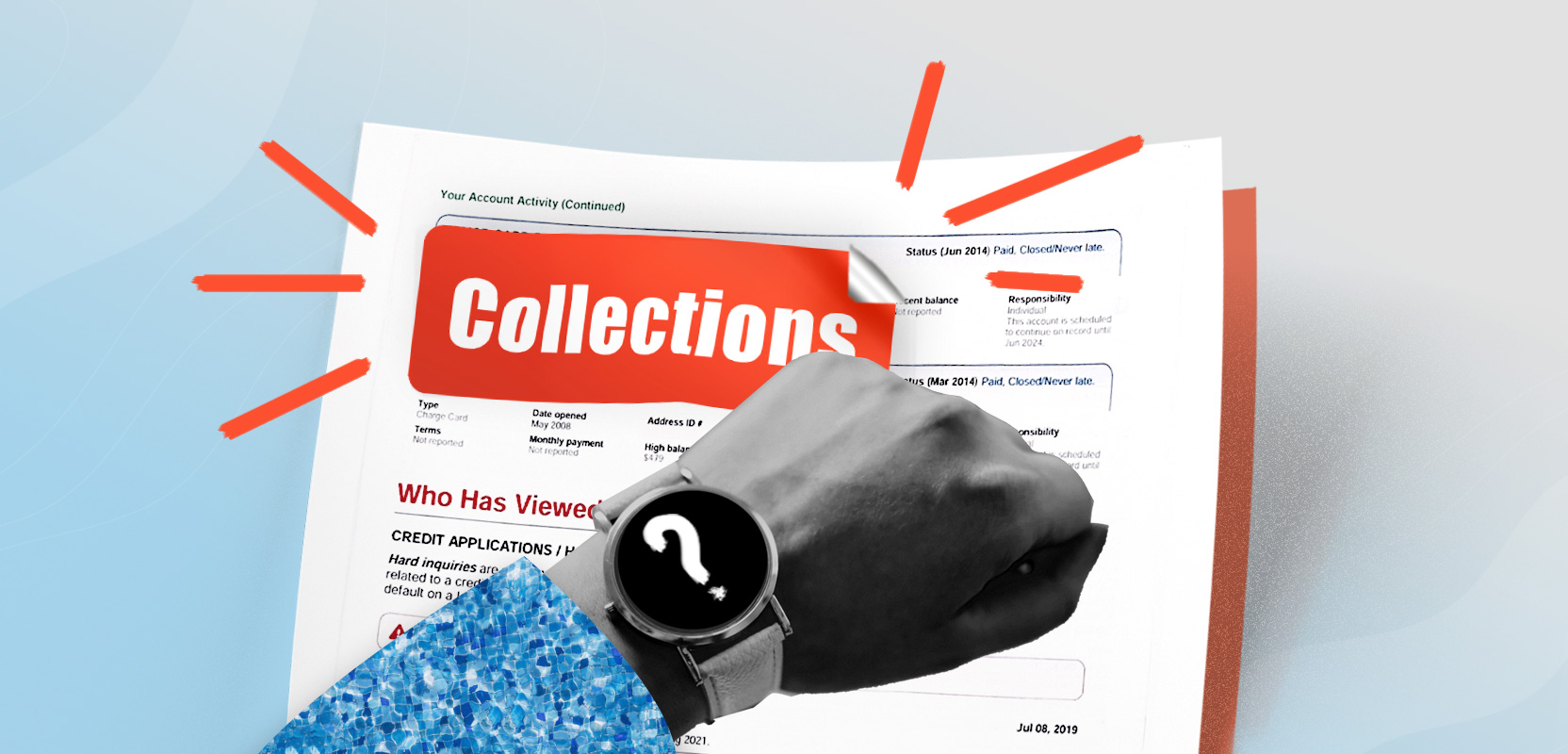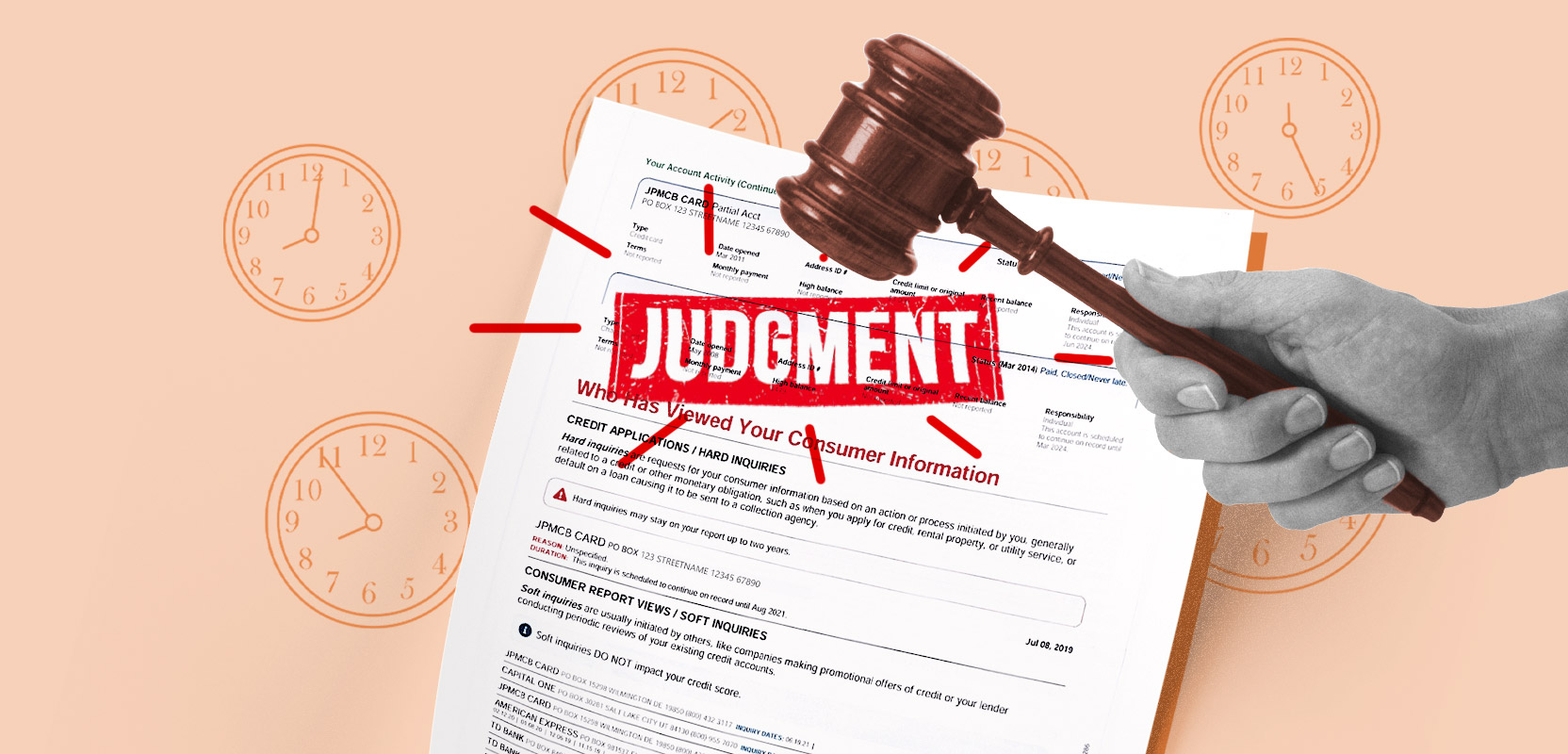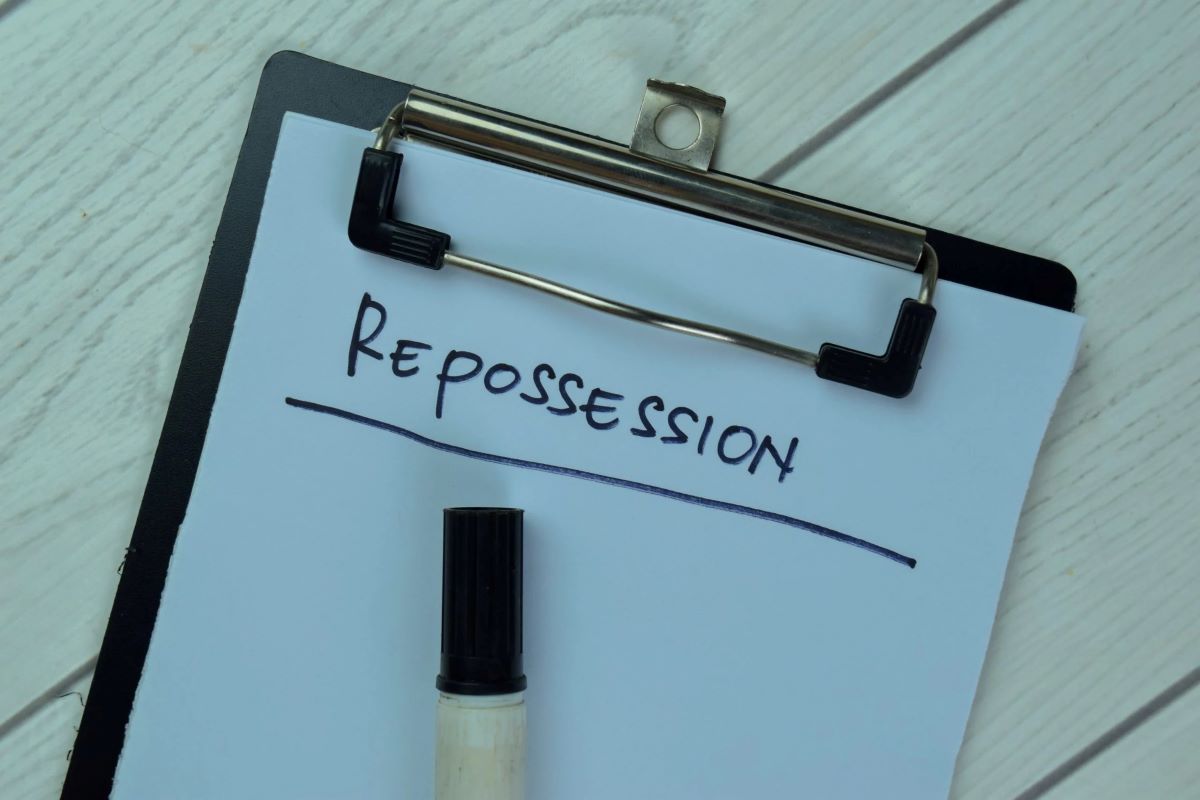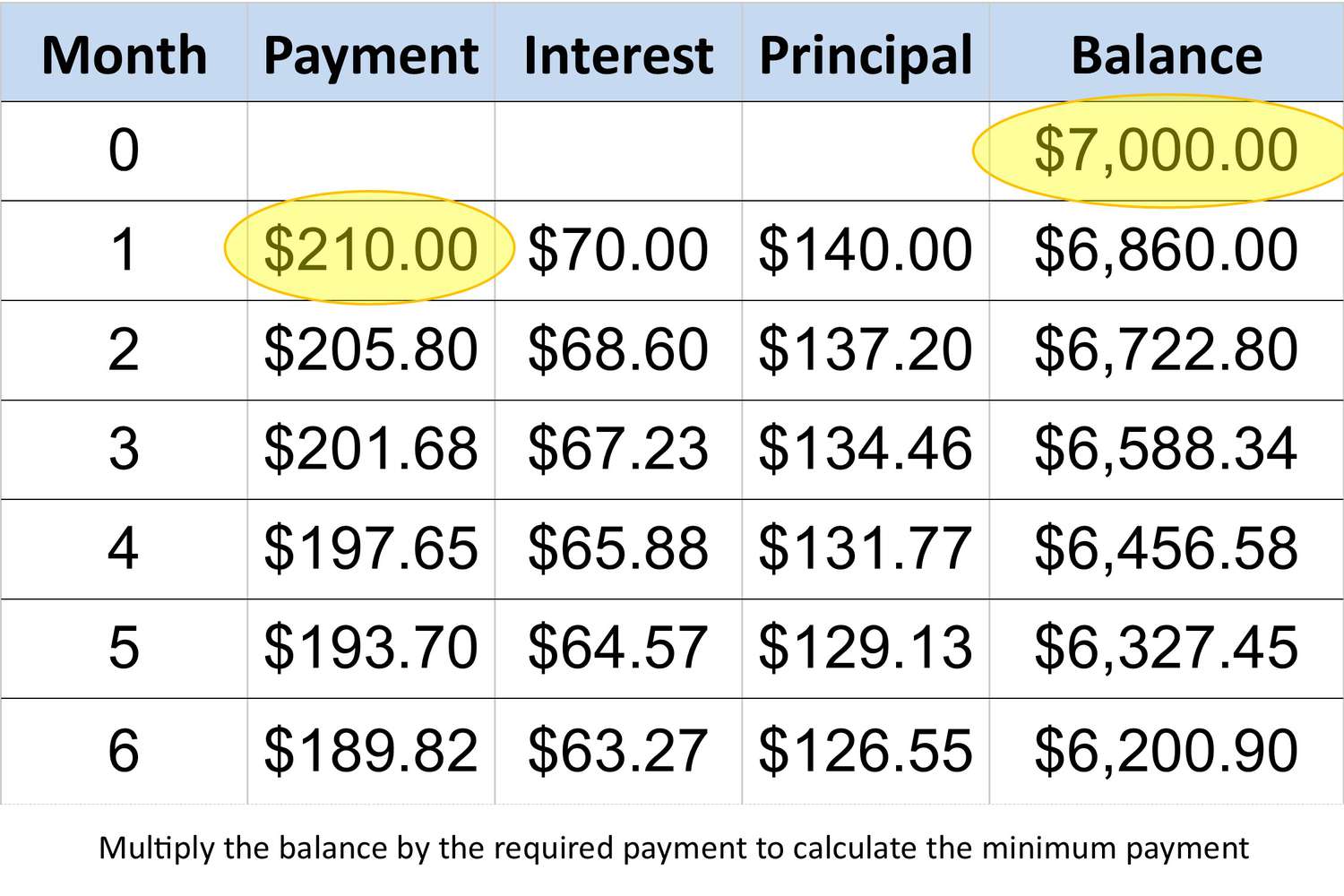

Finance
How Long Will A Repo Stay On Credit Report
Published: October 20, 2023
Finance title discusses the duration of repossession on credit reports. Discover how long repossessions impact credit and affect financial standing.
(Many of the links in this article redirect to a specific reviewed product. Your purchase of these products through affiliate links helps to generate commission for LiveWell, at no extra cost. Learn more)
Table of Contents
Introduction
A repossession, commonly referred to as a “repo,” can have a significant impact on your creditworthiness and financial future. When you fail to make payments on a loan secured by an asset such as a car or property, the lender has the right to repossess the asset to recover their losses. This can be a distressing situation, but understanding how a repossession affects your credit report is essential.
Your credit report plays a crucial role in determining your credit score, which lenders use to assess your creditworthiness. Negative information, such as a repo, can lower your credit score, making it difficult to obtain credit in the future. Many people wonder how long a repo will stay on their credit report and how it will impact their financial standing. In this article, we will explore the duration of a repo on your credit report and the factors that contribute to its longevity.
Additionally, we will discuss steps you can take to remove a repo from your credit report and improve your creditworthiness. It’s important to remember that while a repo can have adverse effects on your credit, there are ways to rebuild your financial reputation and regain control of your financial future.
What is a Repo
A repo, short for repossession, refers to the legal process in which a lender reclaims possession of an asset that was used as collateral for a loan. This commonly occurs when a borrower fails to make timely payments or defaults on the loan agreement. While repos can occur for various types of assets, such as vehicles, homes, or even equipment, they most commonly pertain to auto loans.
When you finance a vehicle purchase, the lender maintains a security interest, which allows them to repossess the vehicle if you default on your loan. If you consistently miss payments or fail to make them altogether, the lender has the right to initiate the repo process. They may hire a third-party repossession agent to locate and take possession of the vehicle, typically without notice.
It’s important to note that repos are typically deemed a last resort by lenders, as repossession involves significant effort and cost. Lenders prefer to work with borrowers to come up with alternative solutions to avoid repossession, such as restructuring the loan or implementing a payment plan. However, if these measures fail, repossession becomes the next step for the lender to recoup their losses.
The repo process can vary slightly depending on the jurisdiction and agreement terms, but generally, once the lender has taken possession of the asset, they may choose to sell it at auction to recover a portion of the outstanding loan balance. In some cases, the sale proceeds may not cover the entire debt, leaving the borrower liable for the remaining amount, known as a deficiency balance.
How Does a Repo Affect Your Credit
A repo can have a significant impact on your credit, as it is considered a major negative event that can lower your credit score. When a repo is reported to the credit bureaus, it sends a signal to potential lenders that you have struggled to meet your financial obligations, making you a higher credit risk.
The primary way a repo affects your credit is by lowering your credit score. The exact decrease in your score will depend on various factors, such as your overall credit history and the extent of your delinquency. However, it is not uncommon to see a significant drop of 100 points or more.
In addition to the credit score impact, a repo will also remain on your credit report for a certain period of time, typically up to seven years from the date of the initial delinquency. This means that lenders and creditors will be able to see the repossession in your credit history when evaluating your creditworthiness.
The presence of a repo on your credit report can restrict your ability to secure future credit. When applying for loans, credit cards, or even renting an apartment, lenders and landlords will review your credit report to assess your risk as a borrower. A repo can lead to rejected applications, higher interest rates, and less favorable loan terms.
It is important to note that not all repos are treated equally by lenders and credit scoring models. A recent repo will have a more severe impact on your credit than an older one. Additionally, a repo in conjunction with other negative factors, such as late payments or collections, can compound the negative effects on your creditworthiness.
How Long Will a Repo Stay on Your Credit Report
A repo will typically stay on your credit report for up to seven years from the date of the initial delinquency that led to the repossession. This means that the negative mark will be visible to lenders, creditors, and anyone else who pulls your credit report during that time period.
It’s important to understand that even after seven years, the impact of a repo on your credit score may still linger. While the repo itself may no longer be reported, the subsequent consequences, such as late payments or collection accounts that arose from the repossession, may still be present on your credit report and have a negative impact on your creditworthiness.
The seven-year time frame is mandated by the Fair Credit Reporting Act (FCRA), a federal law that governs the collection, reporting, and use of credit information. This time limit ensures that negative information eventually falls off your credit report, allowing you to rebuild your credit history.
It’s important to note that the impact of a repo on your credit score lessens over time. As the repossession ages, its negative influence on your credit score diminishes, especially as you demonstrate responsible credit behavior moving forward. By consistently making on-time payments, reducing your debt, and maintaining a healthy credit mix, you can improve your creditworthiness despite the presence of a past repo.
If you find that a repo is still on your credit report after the seven-year mark, you have the right to dispute it with the credit bureaus. Inaccurate or outdated information must be removed from your report upon request. Keep in mind that valid and accurate repossession information cannot be removed simply because you don’t want it there.
Factors That Impact the Duration of a Repo on Your Credit Report
While a repo typically stays on your credit report for up to seven years, several factors can influence the duration and impact of a repossession on your credit history. Understanding these factors can help you better navigate the process and mitigate the long-term effects on your creditworthiness.
1. Time: The primary factor that determines the duration of a repo on your credit report is time. As mentioned earlier, repos are generally reported for up to seven years from the date of the initial delinquency that led to the repossession. As the repo ages, its impact on your credit score lessens.
2. Other Negative Marks: If the repo is accompanied by other negative marks, such as late payments or collections, these additional negative items can further prolong the impact on your credit. Each individual negative mark has its own reporting timeframe, and they may continue to affect your credit even after the repo is no longer reported.
3. Repayment and Settlement: If you settle the debt associated with the repo or make payments to catch up on the defaulted loan, it does not automatically remove the repo from your credit report. However, it can potentially have a positive impact on your creditworthiness and demonstrate a willingness to resolve past financial issues.
4. State Laws: Some states have specific laws regarding the reporting of repos on credit reports. In certain states, repos may be removed from credit reports earlier than the standard seven-year period. It’s important to familiarize yourself with the laws in your state to understand the potential impact on the duration of repos on your credit report.
5. Credit Reporting Practices: Credit bureaus have their own reporting practices and policies, which can also impact the duration of a repo on your credit report. While repos are generally reported for up to seven years, it is possible for credit bureaus to remove the repo earlier or later based on their reporting practices.
Keep in mind that the ultimate decision regarding the reporting of a repo lies with the lender. If they choose not to report the repo to the credit bureaus, it may not appear on your credit report at all. However, this is relatively uncommon, as lenders typically report repossession to protect their interests and inform other creditors of your creditworthiness.
Steps to Remove a Repo from Your Credit Report
While a repo can have a significant impact on your credit, it is possible to remove it from your credit report and improve your creditworthiness. Here are some steps you can take to remove a repo from your credit report:
1. Review your credit report: Start by obtaining a copy of your credit report from each of the three major credit bureaus – Experian, Equifax, and TransUnion. Carefully review the report for any inaccuracies or errors related to the repo. If you find any discrepancies, you can dispute them with the credit bureaus.
2. Dispute inaccuracies: If you identify any incorrect information related to the repo, such as the date of the repo or the amount owed, you can dispute it with the credit bureaus. Provide any supporting documentation you have to prove the inaccuracy, such as payment records or receipts. The credit bureaus have a legal obligation to investigate your dispute and correct any errors within 30 days.
3. Negotiate with the lender: In some cases, you may be able to negotiate with the lender to remove the repo from your credit report. This typically involves reaching a settlement or repayment agreement. In exchange for making a lump sum payment or adhering to a new payment plan, the lender may agree to remove the repo from your credit report. It’s important to get any agreements in writing before making payments.
4. Wait for the appropriate time: If you cannot dispute inaccuracies or negotiate with the lender, you may have to wait for the repo to naturally fall off your credit report. As mentioned earlier, repos are generally reported for up to seven years. During this time, focus on rebuilding your credit by making on-time payments, reducing your debt, and maintaining a healthy credit mix. Over time, the impact of the repo on your credit will diminish.
5. Seek professional help: If you are struggling to remove a repo from your credit report or need assistance navigating the process, you can seek help from credit repair companies or credit counseling agencies. These organizations specialize in helping individuals improve their credit and can provide guidance on removing repos and other negative marks from your credit report.
It’s important to note that while removing a repo from your credit report can improve your creditworthiness, it does not erase the fact that the repo occurred. Potential lenders may still inquire about past repossession during the application process, and you may need to provide an explanation or demonstrate how you have since improved your financial situation.
Conclusion
A repossession can have a significant impact on your creditworthiness, making it important to understand how it affects your credit report and how long it will stay there. A repo typically remains on your credit report for up to seven years from the date of the initial delinquency, but its impact lessens over time.
While the presence of a repo on your credit report can make it challenging to obtain credit in the future, there are steps you can take to mitigate the long-term effects. Reviewing your credit report for inaccuracies and disputing them can help remove any incorrect information related to the repo. Negotiating with the lender to reach a settlement or repayment agreement may also result in the removal of the repo from your credit report.
However, it’s important to remember that time is a key factor in removing a repo from your credit report. As the repo ages, its impact on your credit score diminishes. This means that consistently making on-time payments, reducing your debt, and maintaining a healthy credit mix can contribute to the improvement of your creditworthiness, even in the presence of a repo.
It’s important to be proactive in rebuilding your credit after a repo. This includes practicing responsible financial habits and seeking professional help if needed. Credit repair companies and credit counseling agencies can provide guidance and support throughout the process of removing repos and improving your credit.
Remember that a repo does not define your financial future. By taking the necessary steps to rebuild your credit and demonstrating responsible financial management, you can regain control of your finances and pave the way for a brighter financial future.
